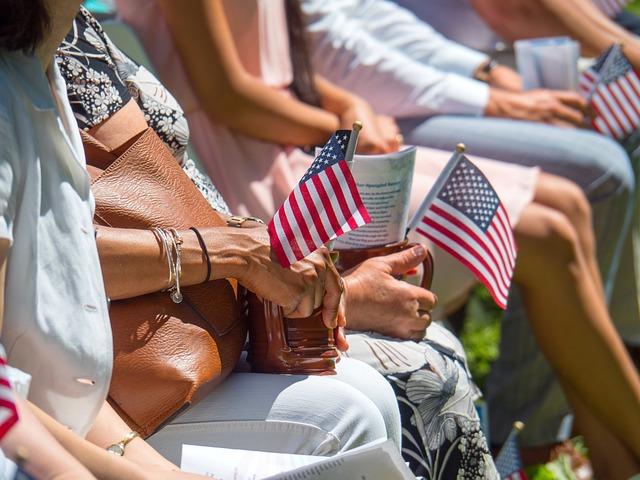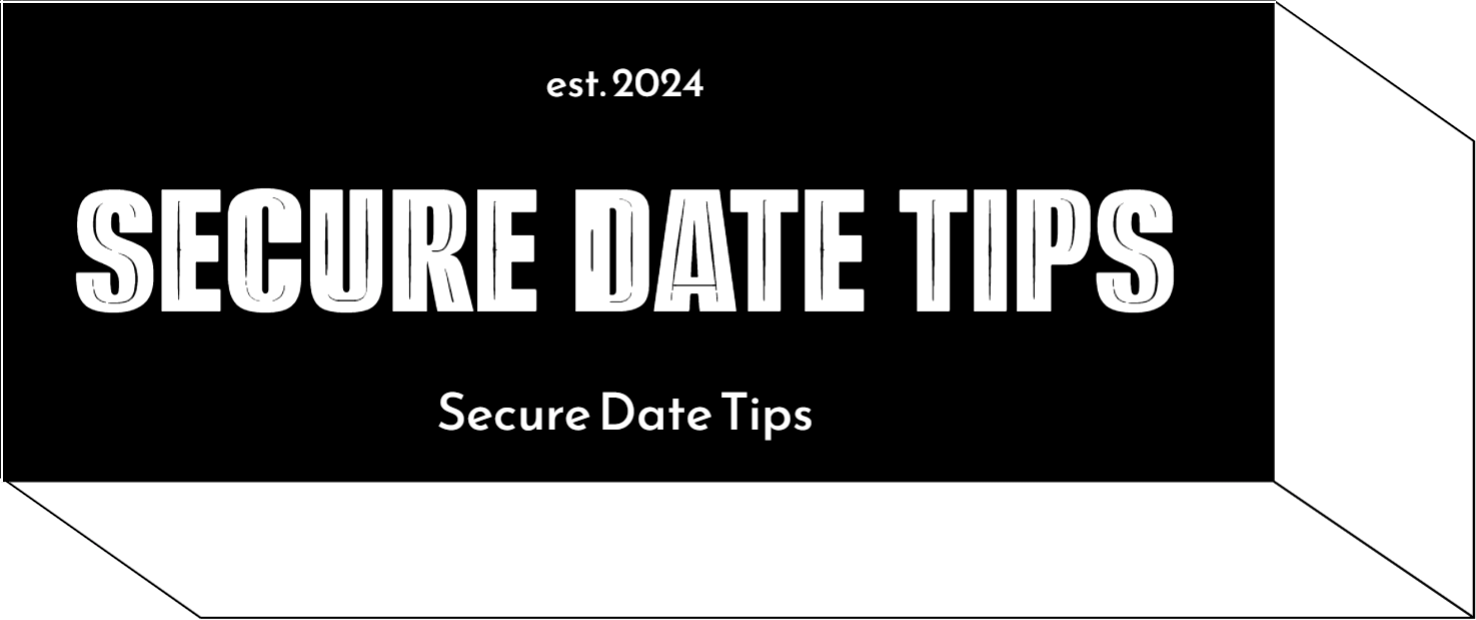In a world where dating apps and social media profiles serve as modern-day matchmakers, the art of building trust has taken a backseat to the pursuit of red flags. As we swipe left or right, often with a checklist in hand, are we becoming more adept at spotting potential pitfalls than fostering genuine connections? This shift in focus raises an intriguing question: Are we too consumed by the search for warning signs, inadvertently sidelining the essential process of cultivating trust? In this exploration, we delve into the delicate balance between vigilance and vulnerability, seeking to understand whether our protective instincts are helping or hindering our relationships. Spotting Red Flags: A Modern Obsession”>
Spotting Red Flags: A Modern Obsession”>
Spotting Red Flags: A Modern Obsession
- Overanalyzing Behaviors: In today’s digital age, the quest to identify red flags has become almost a cultural phenomenon. With endless articles and social media posts dissecting every possible sign of trouble, it’s easy to become hyper-aware and even paranoid about potential pitfalls in relationships. This intense focus can lead to overanalyzing behaviors that might otherwise be benign, fostering a sense of mistrust rather than understanding.
- The Trust Deficit: While being cautious is important, an obsession with red flags may overshadow the importance of building trust. Relationships require vulnerability and a willingness to see the best in others. When people are too quick to spot flaws, they might miss opportunities to nurture genuine connections. It’s crucial to strike a balance between awareness and openness, allowing room for trust to grow naturally.
The Trust Deficit: Navigating Relationships in a Skeptical World
In today’s hyper-connected world, the art of building trust seems overshadowed by an ever-growing focus on spotting red flags. It’s a landscape where caution often trumps connection, and the shadows of past betrayals loom large over present interactions. This pervasive skepticism can lead to a cycle of mistrust, where genuine efforts to forge meaningful relationships are stifled by the fear of being deceived. Yet, isn’t it worth pondering whether our vigilance against potential pitfalls is preventing us from nurturing the very essence of human connection?
Consider the potential benefits of shifting our focus toward fostering trust rather than merely guarding against betrayal. Here are a few ways to encourage a more trust-centric approach:
- Open Communication: Establish clear and honest dialogue to build mutual understanding.
- Shared Vulnerability: Embrace moments of vulnerability to strengthen emotional bonds.
- Consistent Actions: Demonstrate reliability through consistent behavior over time.
By prioritizing these elements, we may find ourselves less ensnared by suspicion and more enriched by authentic relationships. Could it be that in our quest to identify warning signs, we are missing out on the transformative power of trust?

Balancing Caution and Connection: A Path to Genuine Trust
In today’s fast-paced world, there’s a growing emphasis on spotting potential pitfalls in relationships, often overshadowing the essential process of nurturing genuine connections. While identifying red flags is crucial for personal safety and emotional well-being, an overemphasis can lead to a culture of skepticism and isolation. It’s vital to strike a balance, fostering environments where trust can flourish without ignoring genuine concerns.
Consider adopting strategies that encourage both caution and connection:
- Open Communication: Establish clear and honest dialogues to build understanding and transparency.
- Empathy and Understanding: Practice seeing situations from others’ perspectives to foster deeper bonds.
- Mindful Observation: Stay aware of behaviors without jumping to conclusions, allowing trust to develop naturally.
By blending vigilance with openness, we can create meaningful relationships grounded in trust, enhancing our interactions and enriching our lives.

Cultivating Confidence: Strategies for Building Stronger Bonds
In a world where spotting red flags seems to dominate the conversation, shifting our focus towards nurturing trust can lead to more fulfilling relationships. Trust-building requires intentional effort and a commitment to understanding and supporting each other. Here are some strategies to help cultivate confidence and build stronger bonds:
- Open Communication: Encourage honest and open dialogue. Share thoughts and feelings without fear of judgment.
- Consistent Actions: Demonstrate reliability through consistent behavior, reinforcing that words align with actions.
- Empathy and Understanding: Foster empathy by actively listening and validating each other’s experiences.
- Shared Experiences: Create opportunities for shared activities that build positive memories and deepen connections.
- Mutual Respect: Cultivate a culture of respect, recognizing each other’s boundaries and individuality.
Focusing on these elements not only helps in developing trust but also transforms relationships into resilient and supportive partnerships.



